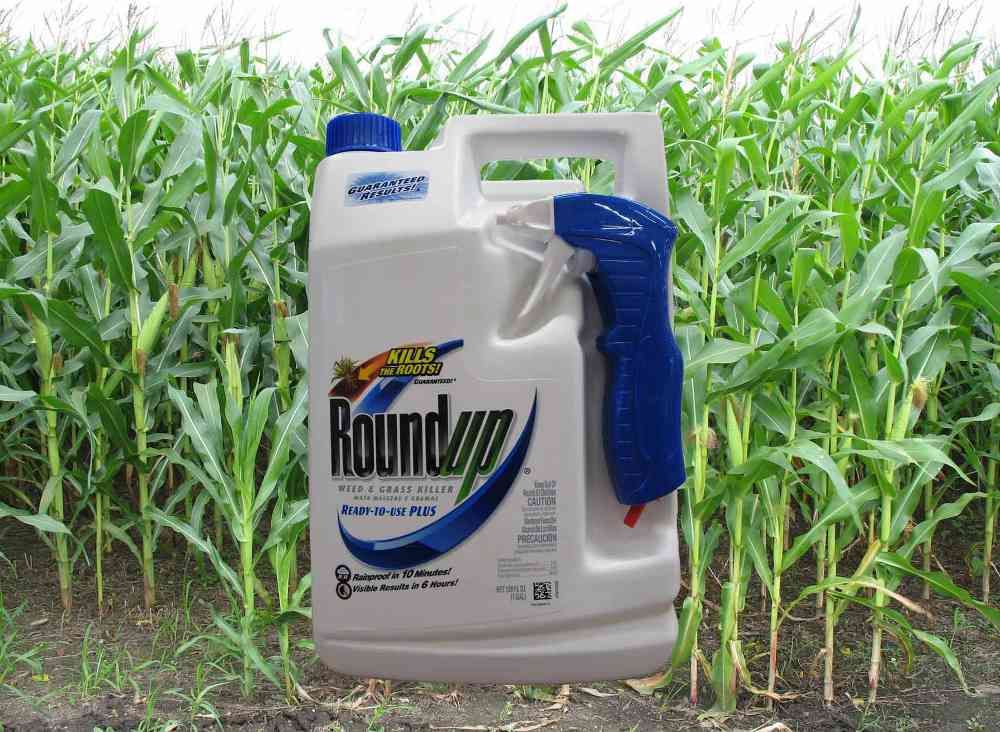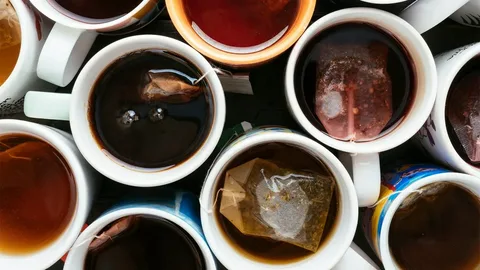Glyphosate, the active ingredient in Roundup, is one of the most widely used herbicides globally. It has been a subject of intense scrutiny and controversy due to concerns about its potential health and environmental impacts. In this comprehensive guide, we will delve into the science behind glyphosate, explore its uses, examine the evidence regarding its safety, and address common questions and concerns.
Understanding Glyphosate
What is Glyphosate?
Glyphosate is a broad-spectrum herbicide introduced by Monsanto in the 1970s under the brand name Roundup. It is widely used to control weeds in agriculture, landscaping, forestry, and home gardening.
How Does Glyphosate Work?
Glyphosate works by inhibiting an enzyme essential for the synthesis of amino acids in plants, ultimately leading to their death. It is effective against a broad range of weeds and vegetation.
How is Glyphosate Used?
Glyphosate is applied as a spray directly onto plants’ leaves or foliage. It is commonly used in agriculture to control weeds in fields of crops like soybeans, corn, cotton, and wheat. It is also used in non-agricultural settings such as lawns, parks, and roadsides.
Health and Environmental Concerns
Is Glyphosate Harmful to Humans?
The safety of glyphosate for human health is a topic of debate. Some studies have suggested possible links between glyphosate exposure and health issues such as cancer, reproductive problems, and non-Hodgkin lymphoma. However, regulatory agencies have concluded that glyphosate is unlikely to pose a carcinogenic risk to humans when used according to label instructions.
What are the Environmental Concerns?
Glyphosate can persist in the environment and may have adverse effects on soil health, water quality, and non-target plants and animals. There is also concern about glyphosate runoff contaminating water sources and its potential impact on aquatic ecosystems.
Are There Risks to Agricultural Workers?
Agricultural workers who handle glyphosate products may face potential health risks, especially if proper safety precautions are not followed. Exposure to glyphosate through inhalation or skin contact can occur during application and may lead to irritation or other health effects.
Regulatory Oversight and Safety
How is Glyphosate Regulated?
Glyphosate is regulated by government agencies responsible for pesticide safety and environmental protection. Regulatory agencies such as the Environmental Protection Agency (EPA) in the United States and the European Food Safety Authority (EFSA) in Europe assess glyphosate’s safety based on scientific evidence.
What Do Regulatory Agencies Say About Glyphosate?
Regulatory agencies have conducted extensive reviews of glyphosate and have generally concluded that it is unlikely to pose a carcinogenic risk to humans when used according to label instructions. However, these conclusions have been challenged by some scientists and advocacy groups.
What Are Maximum Residue Limits (MRLs)?
Maximum residue limits (MRLs) are regulatory standards that specify the maximum allowable levels of pesticide residues, including glyphosate, in food and water. MRLs are established based on risk assessments that consider potential health effects and exposure levels.
Common Questions and Concerns
Is Glyphosate Linked to Cancer?
The question of whether glyphosate is linked to cancer remains contentious. In 2015, the International Agency for Research on Cancer (IARC) classified glyphosate as “probably carcinogenic to humans.” However, other regulatory agencies have reached different conclusions, stating that glyphosate is unlikely to cause cancer at typical exposure levels.
Can Glyphosate Residues be Found in Food?
Glyphosate residues can be found in various foods, including grains, fruits, vegetables, and processed foods made with ingredients derived from glyphosate-treated crops. However, the levels of glyphosate residues found in food are generally below safety limits set by regulatory agencies.
Are There Safer Alternatives to Glyphosate?
There are alternative methods for weed control that do not involve the use of glyphosate, including mechanical methods like mowing and tilling, as well as the use of other herbicides and organic-approved substances. Integrated pest management approaches that combine multiple strategies may be more sustainable.
13. How Can Consumers Reduce Exposure to Glyphosate?
Consumers can reduce their exposure to glyphosate by choosing organic foods, washing fruits and vegetables thoroughly before consumption, and avoiding the use of glyphosate-based herbicides in home gardening.
What Should Farmers Consider When Using Glyphosate?
Farmers should follow label instructions and safety guidelines when using glyphosate products, including wearing protective clothing and equipment, avoiding spraying on windy days, and minimizing drift onto non-target areas. Integrated weed management practices can help reduce reliance on glyphosate and promote sustainable agriculture.
Conclusion
The safety of glyphosate, the active ingredient in Roundup weed killer, continues to be a topic of debate and controversy. While regulatory agencies have generally concluded that glyphosate is unlikely to pose a carcinogenic risk to humans when used according to label instructions, some studies have suggested possible links to health issues such as cancer. Consumers, farmers, and policymakers must weigh the potential risks and benefits of glyphosate use and consider alternative approaches to weed control that promote human and environmental health. With ongoing research and monitoring, we can strive to make informed decisions about glyphosate and its role in agriculture and public health.
- Lip Flip Treatment Near Lingfield, Surrey - May 9, 2025
- Dermal Fillers Near Copthorne, Surrey - May 8, 2025
- How Do I Permanently Get Rid Of Turkey Neck? - May 7, 2025







+ There are no comments
Add yours